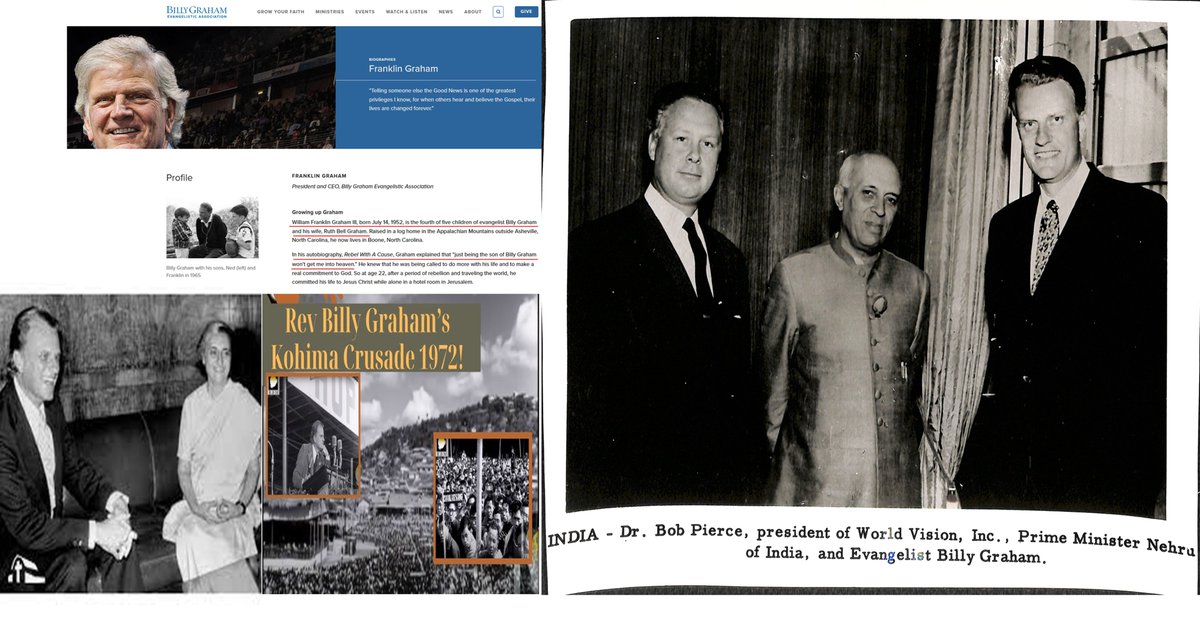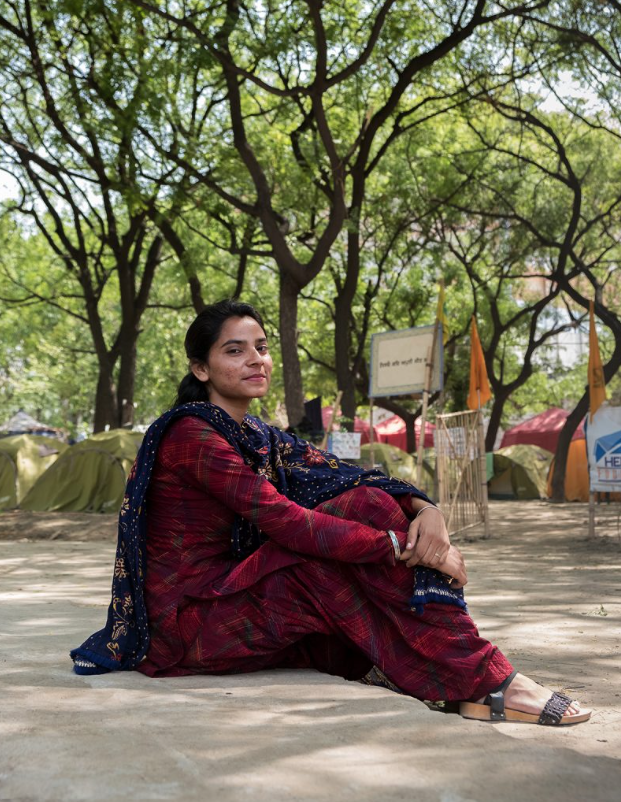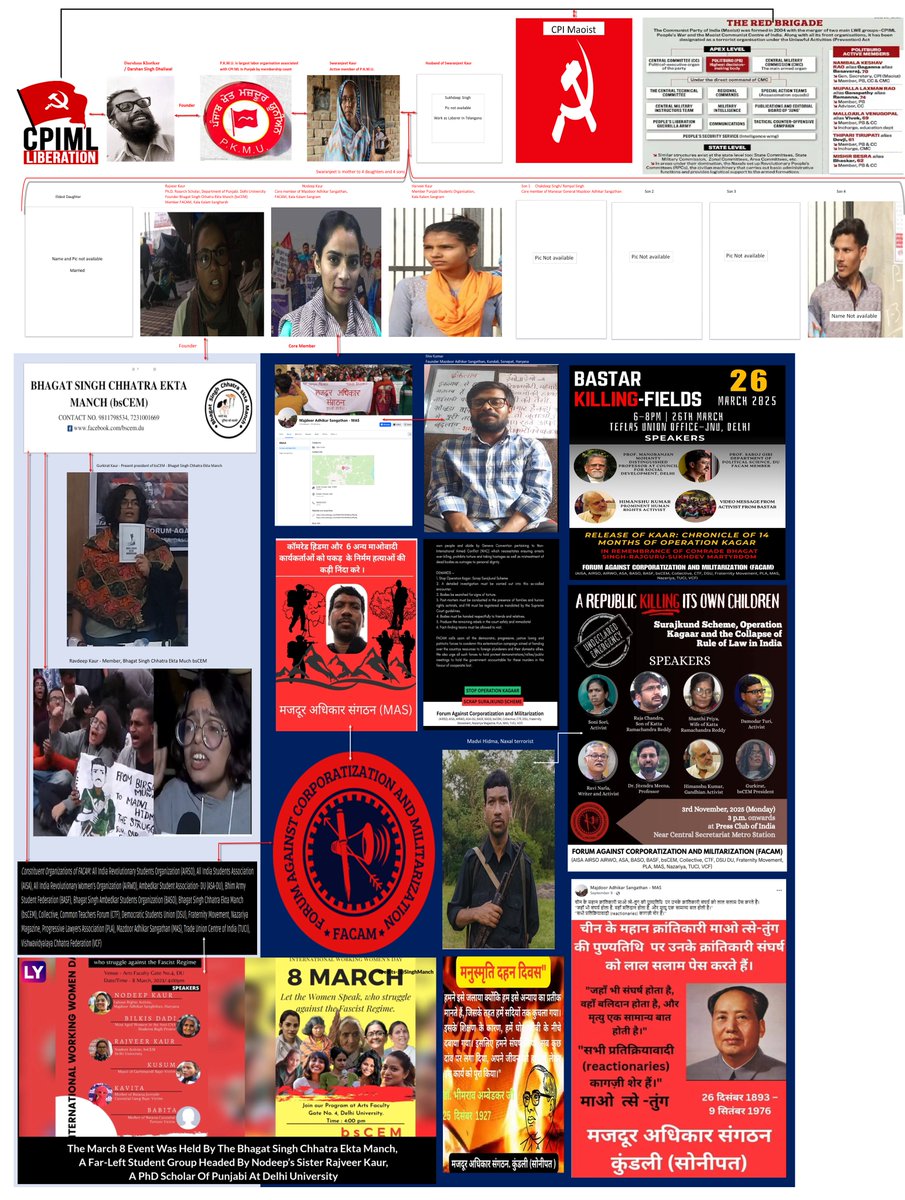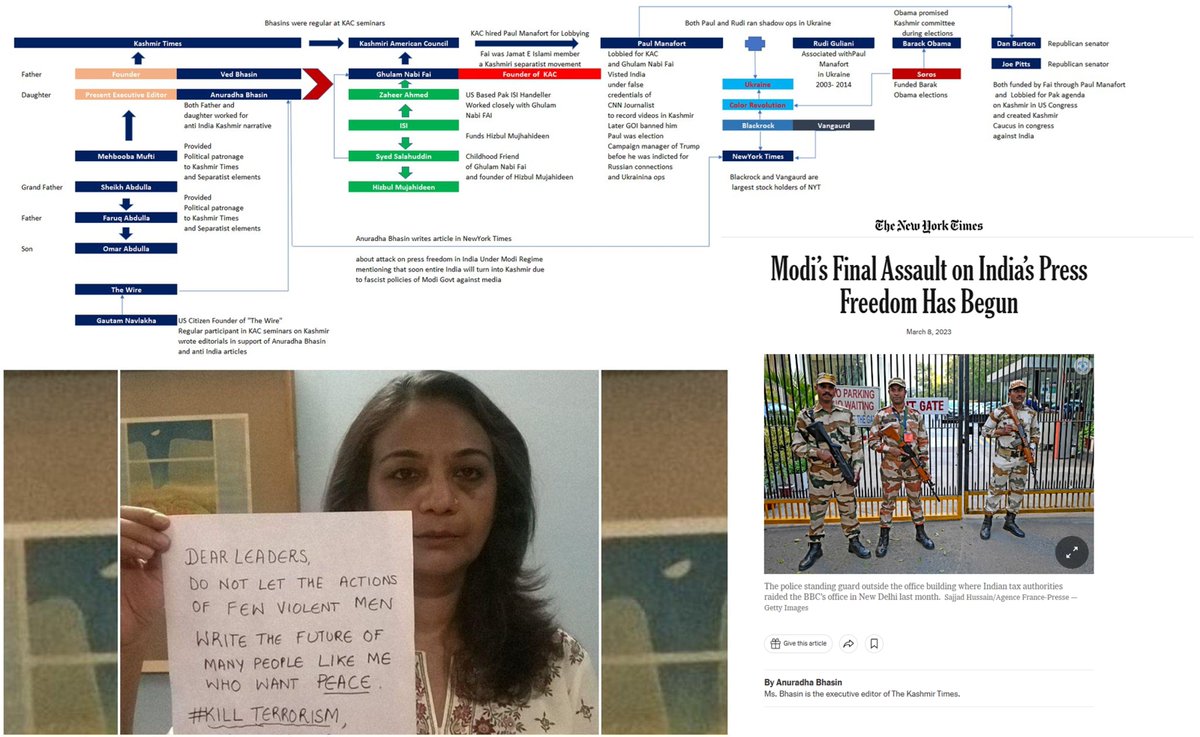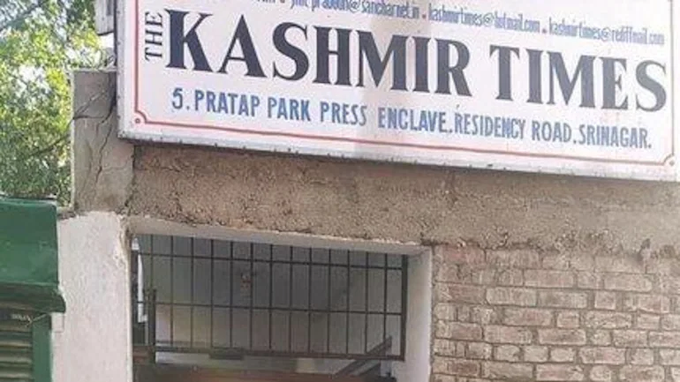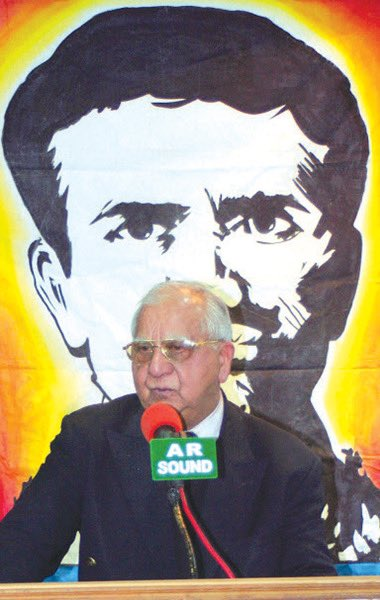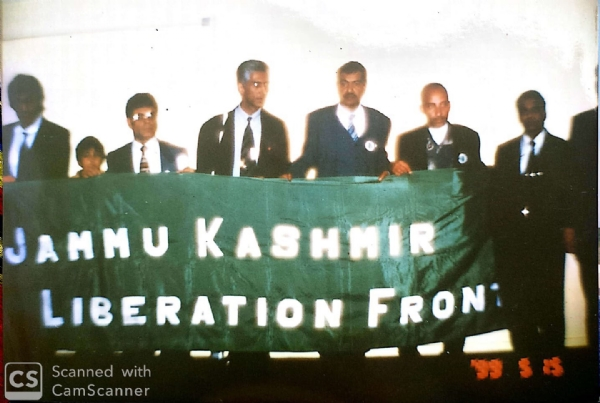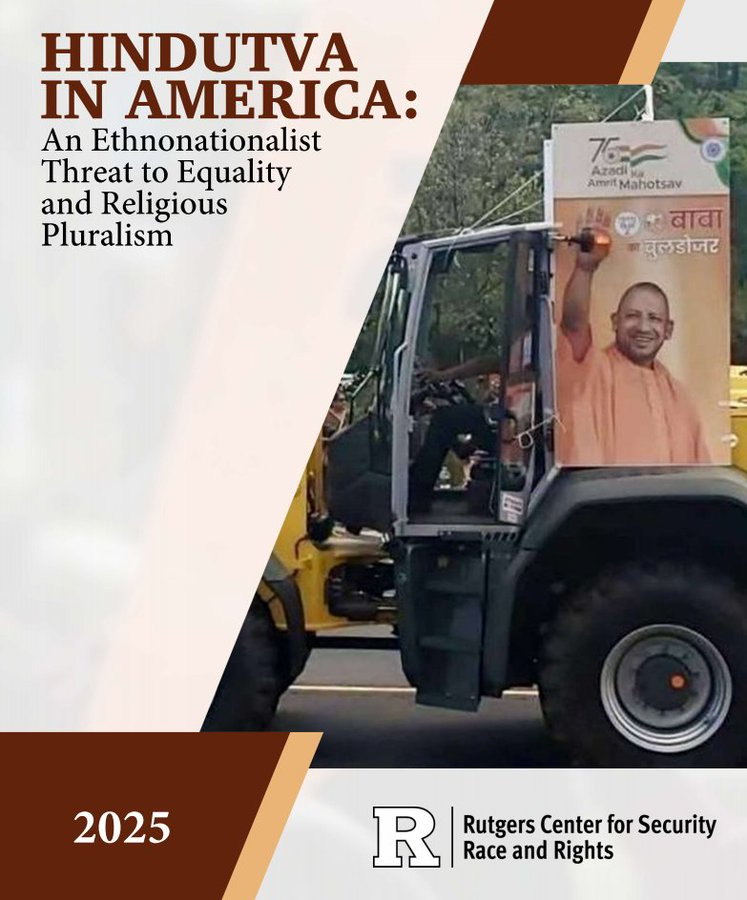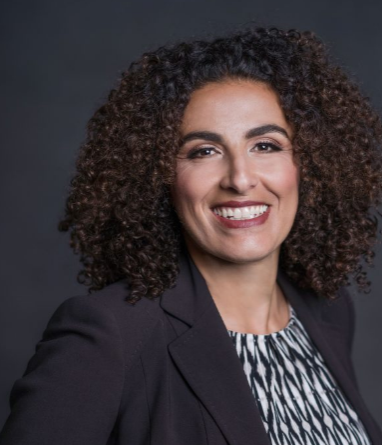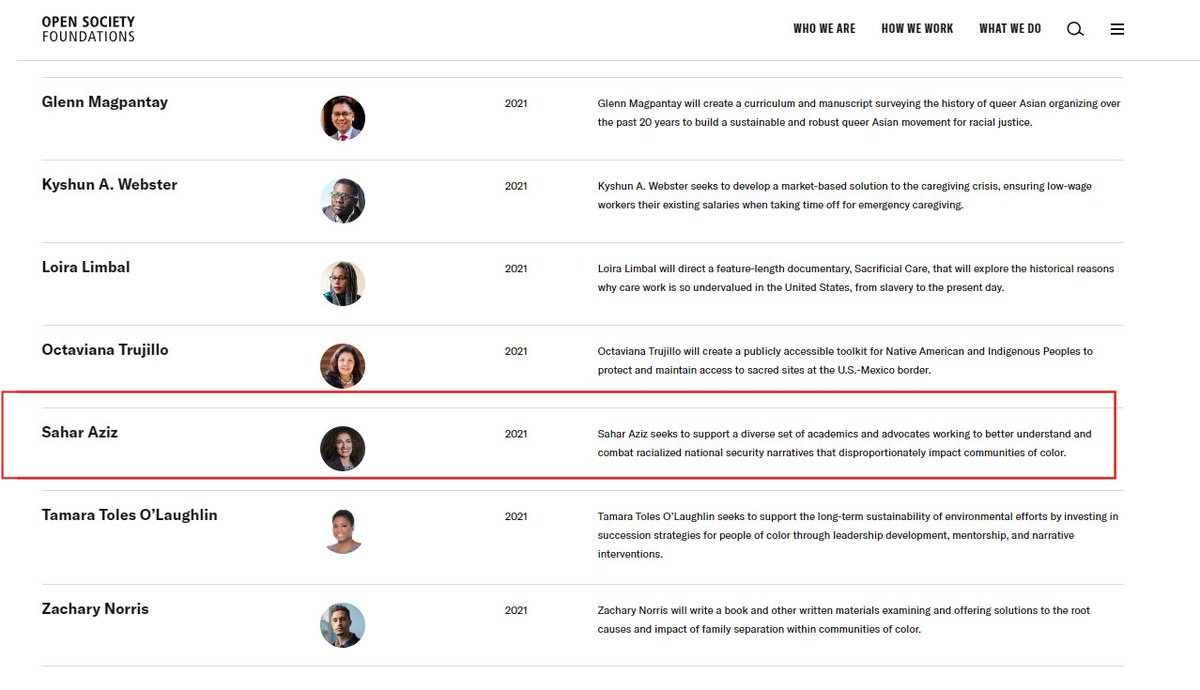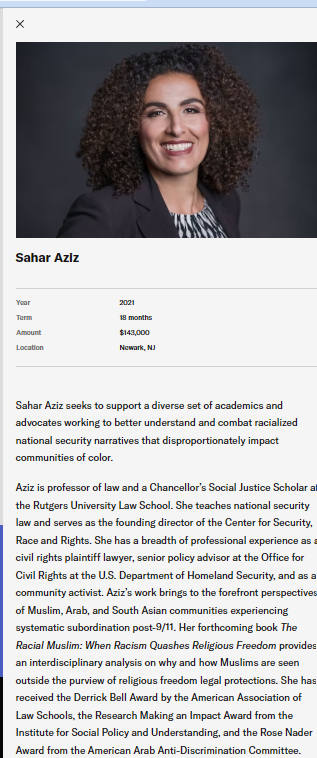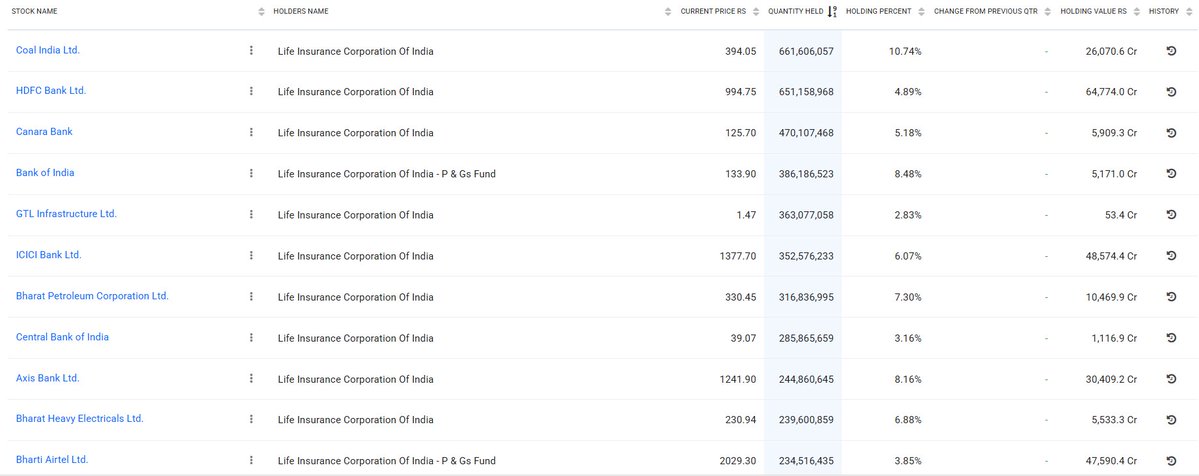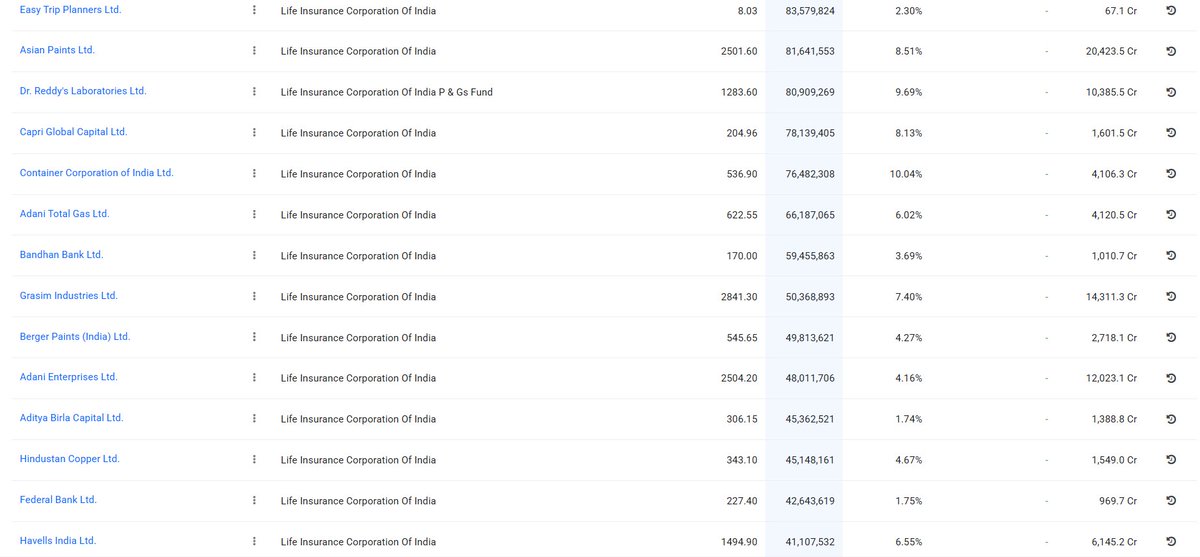Vedas - The greatest source of knowledge and the creation of the greatest knowledge and poetry in the history of the Mankind
वेद - ज्ञानस्य महान् स्रोतः तथा मानवजातेः इतिहासे महत्तमं ज्ञानं काव्यं च सृष्टिम्
#Thread
#Veda #Sanskrit #Knowledge #Literature #India #Upnishda #Geeta twitter.com/i/web/status/1…
वेद - ज्ञानस्य महान् स्रोतः तथा मानवजातेः इतिहासे महत्तमं ज्ञानं काव्यं च सृष्टिम्
#Thread
#Veda #Sanskrit #Knowledge #Literature #India #Upnishda #Geeta twitter.com/i/web/status/1…

1. The Vedas are the source of integral wisdom, science, tradition and culture of a remarkable civilization. They are oral compilations of distilled wisdom of cosmic knowledge survived from the time immemorial. They are not only identified as scriptures, but also as the fountain… twitter.com/i/web/status/1… 
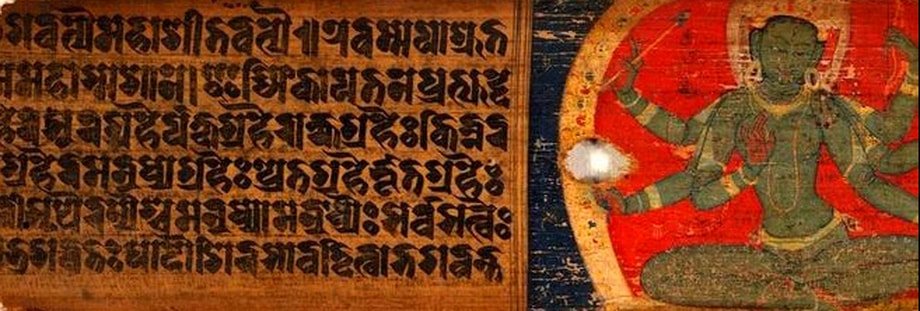
2. Meaning of the word 'Veda'
The word 'Veda' means 'knowledge' and is derived from the Sanskrit root 'vid', which means 'to know'. It does not refer to one single literary work but indicates a huge corpus of literature, which arose in the course of many centuries and has been… twitter.com/i/web/status/1…
The word 'Veda' means 'knowledge' and is derived from the Sanskrit root 'vid', which means 'to know'. It does not refer to one single literary work but indicates a huge corpus of literature, which arose in the course of many centuries and has been… twitter.com/i/web/status/1…

3. According to Indian traditional thoughts 'Veda' is regarded as revealed scripture, self-evident, and self-authoritative. It is not composed by any human authors. The Vedic hymns (Suktas) or verses (Mantras) are seen and only spoken by the seers (Rishis). These seers are… twitter.com/i/web/status/1… 

4. The Vedas are classified into four volumes: the Rig Veda, the Sama Veda, the Yajur Veda, and the Atharva Veda, with the Rig Veda serving as the principal text. The four Vedas are collectively known as “Chathurveda, ” of which the first three Vedas--Rig Veda, Sama Veda, and… twitter.com/i/web/status/1… 

5. Each Veda has been subclassified into four major text types or four portions.
The Samhitas, the most ancient layer of text in the Vedas, consist of mantras, hymns, prayers, and benedictions which have, in literary terms, put together or joined the other three texts;
The… twitter.com/i/web/status/1…
The Samhitas, the most ancient layer of text in the Vedas, consist of mantras, hymns, prayers, and benedictions which have, in literary terms, put together or joined the other three texts;
The… twitter.com/i/web/status/1…

6. the Vedic philosophy regards the Vedas as Apaurusheya, meaning not of a man or impersonal. According to the Vedanta and Mimamsa schools of philosophy, the Vedas are considered Svatah Pramana (In Sanskrit, meaning “self-evident means of knowledge”).
Some schools of thought even… twitter.com/i/web/status/1…
Some schools of thought even… twitter.com/i/web/status/1…

7. How old are 4 Veda?
Veda and associated scriptures are believed to be written much before the advent of civilization in different parts of the world except Bharat Varsha.
Below are different timelines given to the origin of the Veda and Vedic literature.
#Veda #Sanskrit… twitter.com/i/web/status/1…
Veda and associated scriptures are believed to be written much before the advent of civilization in different parts of the world except Bharat Varsha.
Below are different timelines given to the origin of the Veda and Vedic literature.
#Veda #Sanskrit… twitter.com/i/web/status/1…

8. The Veda contains the highest spiritual knowledge (Para vidya) as well as the knowledge of the world (Apara vidya). Thus, apart from philosophy, we find here descriptions of various aspects of the different subjects such as sciences, medicine, political science, psychology,… twitter.com/i/web/status/1… 

9. Preservation of the Veda - Veda Patha
Despite being the oldest, the Vedas have been preserved in their true form up till now. Even Max Muller, a renowned European scholar, has admitted that the text of the Vedas has been handed down to us with such accuracy and care that there… twitter.com/i/web/status/1…
Despite being the oldest, the Vedas have been preserved in their true form up till now. Even Max Muller, a renowned European scholar, has admitted that the text of the Vedas has been handed down to us with such accuracy and care that there… twitter.com/i/web/status/1…

10. The credit for this goes to Vedic seers (Rishis) who devised means of protecting and preserving the text of Vedas letter by letter, with all their accessories. Vedic mantras have accents (Swara) that preserve the original form of the word- construction.
#Veda #Sanskrit… twitter.com/i/web/status/1…
#Veda #Sanskrit… twitter.com/i/web/status/1…

11. There are three Prakriti Pathas for memorizing Mantras most commonly known as:
1. Samhita-Patha - in which Mantra remains in its true form.
2. Pada-Patha- in which each word of a Mantra is separately spoken.
3. Krama-Patha- in which two words of a Mantra are spoken jointly as… twitter.com/i/web/status/1…
1. Samhita-Patha - in which Mantra remains in its true form.
2. Pada-Patha- in which each word of a Mantra is separately spoken.
3. Krama-Patha- in which two words of a Mantra are spoken jointly as… twitter.com/i/web/status/1…

12. There were eight ways i.e., Vikritis of memorizing Vedas. These are:
1. Jatapatha
2. Malapatha
3. Shikhapatha
4. Rekhapatha
5. Dhvajapatha
6. Dandapatha
7. Rathapatha
8. Ghanapatha
Among them, Ghana Patha is the most difficult and the longest.
#Veda #Sanskrit #Knowledge… twitter.com/i/web/status/1…
1. Jatapatha
2. Malapatha
3. Shikhapatha
4. Rekhapatha
5. Dhvajapatha
6. Dandapatha
7. Rathapatha
8. Ghanapatha
Among them, Ghana Patha is the most difficult and the longest.
#Veda #Sanskrit #Knowledge… twitter.com/i/web/status/1…

13. The ideas, teachings, and practices described in the Vedas formed the basis for the six major schools of Hindu philosophy – Nyaya, Vaisheshika, Samkhya, Yoga, Mimamsa, and Vedanta.
#Veda #Sanskrit #Knowledge #Literature #India #Upnishda #Gita twitter.com/i/web/status/1…
#Veda #Sanskrit #Knowledge #Literature #India #Upnishda #Gita twitter.com/i/web/status/1…

14. Indian scriptures span fourteen fields of knowledge (vidya) and four complements to the Vedas (unpaveda). The fourteen fields are the four Vedas (Rik, Yajur, Sama, Atharva), the six Vedangas (meter, etymology, phonetics, grammar, astrology-astronomy, rituals), and the four… twitter.com/i/web/status/1… 

15. The four complements to the Vedas are medicine, politics-economics, warfare, and fine arts.
(The Mahabharata, Ramayana, as well as Sankhya, Patañjala, Pashupata, and Vaishnava, form part of Dharma Shastras.)
#Veda #Sanskrit #Knowledge #Literature #India #Upnishda #Gita twitter.com/i/web/status/1…
(The Mahabharata, Ramayana, as well as Sankhya, Patañjala, Pashupata, and Vaishnava, form part of Dharma Shastras.)
#Veda #Sanskrit #Knowledge #Literature #India #Upnishda #Gita twitter.com/i/web/status/1…
16. Rig Veda
Rig Veda is the oldest and most popular among the four Vedas. Two Sanskrit words Rig and Veda constituting it translate to ‘praise or shine’ and ‘knowledge,’ respectively. A collection of 1,028 hymns and 10,600 verses is organized into ten different Mandalas (or the… twitter.com/i/web/status/1…
Rig Veda is the oldest and most popular among the four Vedas. Two Sanskrit words Rig and Veda constituting it translate to ‘praise or shine’ and ‘knowledge,’ respectively. A collection of 1,028 hymns and 10,600 verses is organized into ten different Mandalas (or the… twitter.com/i/web/status/1…

17. Rig Veda has been sub-classified into four-part, Samhitas or hymns that sing the praises of the Rig Vedic deities, some of whom are Indra, Agni, Soma, Ushas, Varuna, and Ishwara, the supreme God. Brahmanas have the commentary of the ancient sacred rituals; Aranyakas… twitter.com/i/web/status/1…
18. The ten Mandalas, or Books of the Rig Veda, were composed by poets from different priestly groups over several centuries and structured on clear principles. As the text progresses, the hymns, meticulous with meters from Jagati and Tristubh to Anustubh and Gayatri, reveal the… twitter.com/i/web/status/1…
19. The Sama Veda
Widely referred to as the ‘Book of Songs,’ it is derived from two words, Saman, of Sanskrit, meaning Song, and Veda, meaning knowledge. The Sama Veda has served as the principal root of the classical Indian music and dance tradition, and proudly the tradition… twitter.com/i/web/status/1…
Widely referred to as the ‘Book of Songs,’ it is derived from two words, Saman, of Sanskrit, meaning Song, and Veda, meaning knowledge. The Sama Veda has served as the principal root of the classical Indian music and dance tradition, and proudly the tradition… twitter.com/i/web/status/1…

20. The Sama Veda is divided into two major parts: the four melody collections, or the Saman, the songs, and the latter, the Arcika, or the verse books, a collection (Samhita) of hymns, portions of hymns, and detached verses. A liturgical text relating to public worship, all but… twitter.com/i/web/status/1…
21. The Yajur Veda
Yajur Veda, of Sanskrit origin, is composed of Yajus and Veda; the two words translate to ‘prose mantras dedicated to religious reverence or veneration’ and knowledge. Third of four Vedas, this liturgical collection is famous as the ‘book of rituals.’
#Veda… twitter.com/i/web/status/1…
Yajur Veda, of Sanskrit origin, is composed of Yajus and Veda; the two words translate to ‘prose mantras dedicated to religious reverence or veneration’ and knowledge. Third of four Vedas, this liturgical collection is famous as the ‘book of rituals.’
#Veda… twitter.com/i/web/status/1…

22. Yajur Veda is a compilation of rituals offering formulas or prose mantras to be chanted or muttered repeatedly by a priest. At the same time, an individual performs the ascertained ritual actions before the sacrificial fire or the Yajna.
#Veda #Sanskrit #Knowledge #Literature… twitter.com/i/web/status/1…
#Veda #Sanskrit #Knowledge #Literature… twitter.com/i/web/status/1…
23. Since the Vedic times, the primary source of information about sacrifices and associated rituals, more importantly, has served as a practical guidebook for the priest, or the Purohits, who execute the acts of ceremonial religion.
#Veda #Sanskrit #Knowledge #Literature #India… twitter.com/i/web/status/1…
#Veda #Sanskrit #Knowledge #Literature #India… twitter.com/i/web/status/1…
24. The Yajurveda is broadly grouped into Krishna Yajurveda and Shukla Yajurveda, also referred to as the Black Yajurveda and the White. About the verses of the Krishna Yajurveda being un-arranged, unclear, and disparate or dissimilar, the collection is too often referred to as… twitter.com/i/web/status/1…
25. The earliest and most ancient layer of Yajur Veda Samhita includes about 1,875 verses that are distinct yet borrowed from and built upon the foundation of verses in Rigveda. The middle layer includes the Satapatha Brahmana, one of the most extensive Brahmana texts in the… twitter.com/i/web/status/1…
26. The Atharva Veda
The fourth and final of the revered text of the Hindu dharma, the Vedas, the Atharva Veda, in short, is depicted as the “knowledge storehouse of Atharvāṇas,” Atharvāṇas meaning formulas and spells intended to counteract diseases and calamities, or “the… twitter.com/i/web/status/1…
The fourth and final of the revered text of the Hindu dharma, the Vedas, the Atharva Veda, in short, is depicted as the “knowledge storehouse of Atharvāṇas,” Atharvāṇas meaning formulas and spells intended to counteract diseases and calamities, or “the… twitter.com/i/web/status/1…

27. A late addition to the Vedic scriptures, the word owes its roots to Sanskrit, and the widely used epithet for the scripture is ‘the Veda of Magic formulas.’ It sides with popular culture and tradition of the day rather than preaching religious and spiritual teachings. It is… twitter.com/i/web/status/1…
28. IIn popular context with being widely popular as the Veda of Magic formulas, Atharva Veda is a mixture of hymns, chants, spells, and prayers; and involves issues such as healing of illnesses, prolonging life, and as some claim also the black magic and rituals for removing… twitter.com/i/web/status/1…
29. It is a collection of 730 hymns with about 6,000 mantras, divided into 20 books, with three Upanishads embedded in it; Mundaka Upanishad, Mandukya Upanishad, and Prashna Upanishad. However, not all but a considerable part of it is the adaptation of Rig Veda, the most ancient… twitter.com/i/web/status/1…
30. The Samhitas in the Atharva Veda have written accounts of Surgical and medical speculations; it includes mantras and verses for treating various ailments. For instance, the verses in hymn 4.15 of the recently discovered Paippalada version of the Atharvaveda discuss dealing… twitter.com/i/web/status/1…
31. So much is the reverence of the knowledge and literary span of the Veda's and Vedic scriptures that due to their cultural; importance and impact on the humanity, UNESCO has declared them a CULTURAL HERITAGE.
#Veda #Sanskrit #Knowledge #Literature #India #Upnishda #Gita
#Veda #Sanskrit #Knowledge #Literature #India #Upnishda #Gita

• • •
Missing some Tweet in this thread? You can try to
force a refresh



